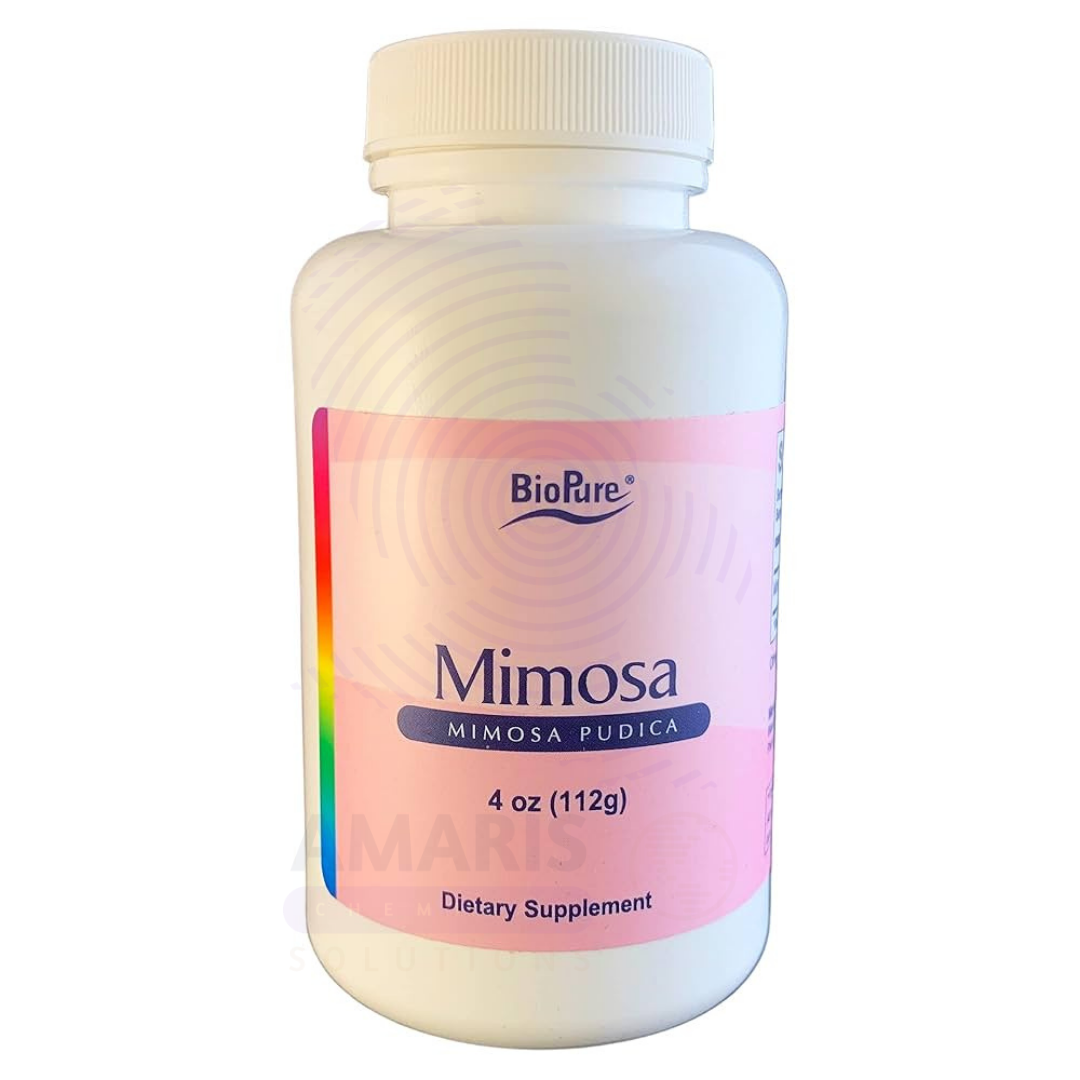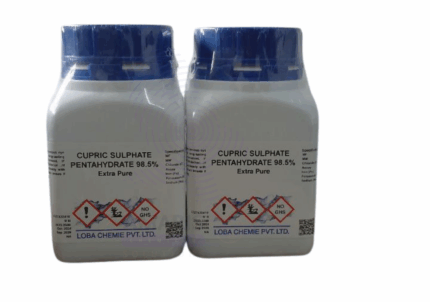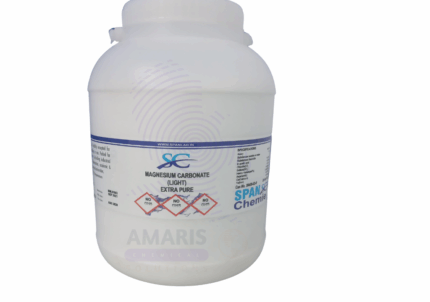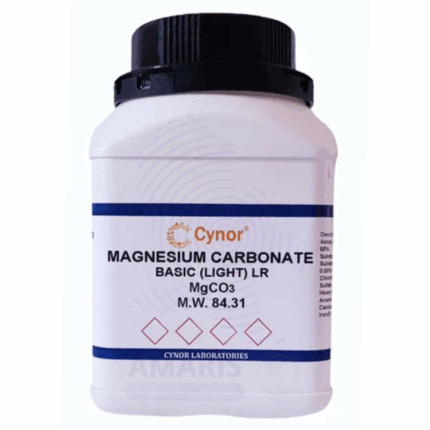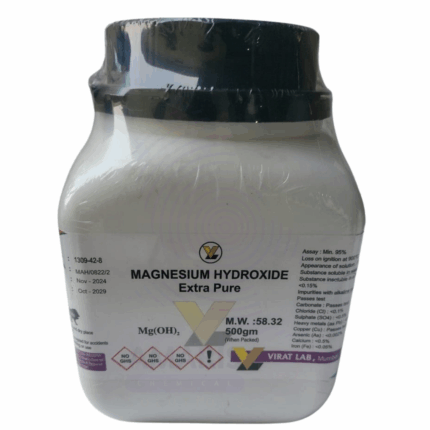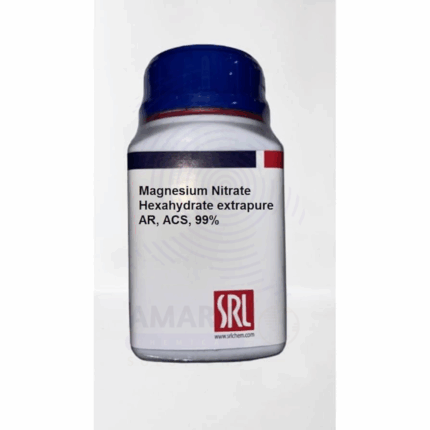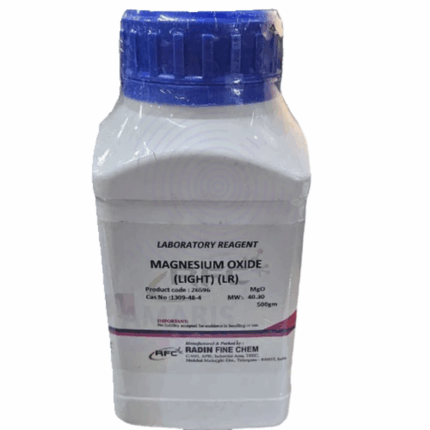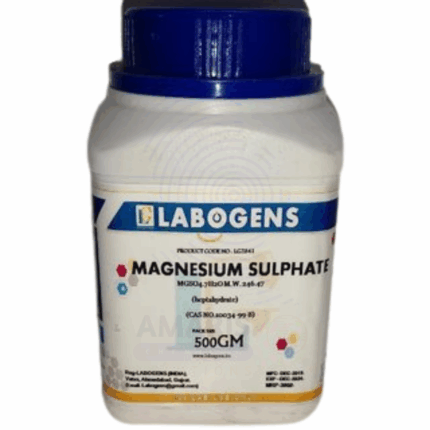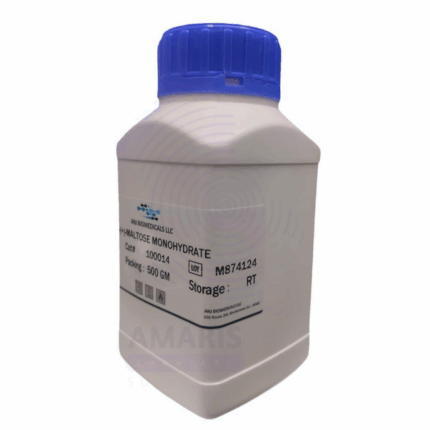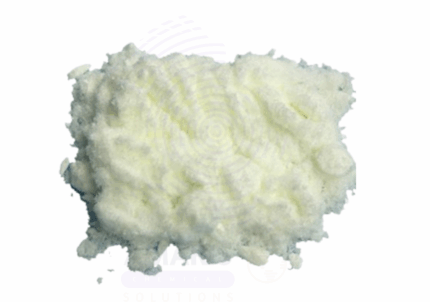

Mimosa Powder Extra Pure
$ 17.90 Original price was: $ 17.90.$ 17.78Current price is: $ 17.78.
Mimosa Powder Extra Pure is a finely ground, high-purity botanical extract derived from the bark or leaves of Acacia spp. (commonly known as mimosa). This extra pure grade is meticulously processed to retain key phytochemicals—such as tannins, flavonoids, and phenolic compounds—in highly consistent concentrations. In laboratory settings, it is prized for use in phytochemical analysis, antioxidant testing, and evaluation of anti-inflammatory or antimicrobial activity.
With minimal impurities, Mimosa Powder is well-suited for biochemical assays, formulation trials, and comparative research on natural extracts. It may also be used in cosmetic formulations, nutraceutical studies, or dietary supplement development, where standardization and safety are critical. Proper storage in cool, dry, and dark conditions is recommended to maintain potency and prevent degradation.
Mimosa Powder Extra Pure
Primary Uses
- Source of Tannins for Leather Tanning
- Used in the vegetable tanning process to convert animal hides into durable, rot-resistant leather. The high concentration of condensed tannins (flavonoids) in the powder binds to collagen proteins, stabilizing the hide structure.
- Natural Dye for Textiles and Fabrics
- Serves as a substantive dye to color natural fibers like wool, silk, and cotton, yielding shades of yellow, tan, brown, and grey. The color outcome depends on the mordant used (e.g., alum for bright yellows, iron for darker grey-browns).
- Raw Material for Extract Production
- Act as the starting material for the industrial or laboratory-scale production of Mimosa extract. This involves aqueous extraction to concentrate the active compounds (tannins, saponins) into a liquid or solid form for use in tanning, cosmetics, and herbal products.
- Biomaterial for Cosmetic and Dermatological Preparations
- Incorporated into skincare formulations (creams, lotions, serums) for its purported regenerative and soothing properties, largely attributed to compounds like beta-sitosterol. It is a key ingredient in some traditional and modern wound-healing and anti-aging products.
Secondary Uses
- Adhesive and Resin Precursor
- The tannins can be reacted with aldehydes (e.g., formaldehyde) or used alone to produce natural-based adhesives for wood products, such as particleboard and plywood, or as a precursor to synthetic tannin resins.
- Antioxidant in Laboratory Studies
- Used in in vitroresearch as a source of natural polyphenols and flavonoids to study free radical scavenging activity, metal chelation, and inhibition of lipid peroxidation in biochemical and food science models.
- Flocculant in Water Treatment Studies
- Investigated for its potential as a natural, biodegradable flocculant. The tannins and other polymeric compounds can help aggregate and settle suspended colloidal particles in turbid water in experimental treatment setups.
- Teaching Tool in Phytochemistry and Ethnobotany
- Serves as an excellent sample for laboratory exercises demonstrating the extraction and qualitative analysis of plant secondary metabolites, such as the Stiasny number for tannin quantification or thin-layer chromatography (TLC) fingerprinting. It is also used to discuss the principles of ethnobotany and the traditional uses of medicinal plants.
| PACK SIZE |
500 grams Plastic Tin |
|---|
1. Basic Identification Attributes
- Chemical Name: Mimosa Powder
- Botanical Source: Derived from the bark of Acacia dealbata, Acacia mearnsii, or related species
- Common Constituents: Tannins (especially condensed tannins), polyphenols, and other plant-derived bioactives
- Appearance: Fine brown to reddish-brown powder
- Odor: Mildly woody or astringent
- Solubility: Partially soluble in water (due to tannin content)
- Grade: Extra Pure
2. Safety & Hazard Attributes
- General Classification: Natural plant-derived material, generally regarded as low-toxicity, but should be handled as a chemical due to tannin content
- Hazards:
- May cause mild skin or eye irritation in sensitive individuals
- Inhalation of fine powder may irritate respiratory tract
- PPE Required:
- Lab gloves
- Dust mask or respirator (if handling large quantities)
- Safety goggles
- First Aid Measures:
- Eyes: Rinse with water if irritation occurs
- Skin: Wash with soap and water
- Inhalation: Move to fresh air
- Ingestion: Non-toxic in small quantities, but not intended for internal use in a lab setting
- Fire Hazard:
- Combustible organic powder
- Keep away from ignition sources
- Use dry chemical, CO₂, or foam extinguishers
3. Storage & Handling
- Storage Conditions:
- Store in a cool, dry place away from moisture and direct sunlight
- Keep container tightly closed
- Avoid contact with oxidizing agents
- Handling Notes:
- Handle in a well-ventilated area
- Use care to avoid generating dust
4. Laboratory Applications
- Primary Uses:
- Tannin analysis and quantification in natural product chemistry
- Natural dyeing and staining for textiles and histology (due to its high tannin content)
- Astringent agent in herbal/pharmaceutical formulations (for research only)
- Secondary Uses:
- Teaching tool in botanical studies or phytochemical screening
- Research on plant-derived antioxidants or anti-inflammatory agents
SAFETY PRECAUTIONS
Personal Protective Equipment (PPE):
- Wear a lab coat, nitrile gloves, and safety goggles.
- Use a dust mask or operate in a fume hood to avoid inhalation of fine particles.
Handling:
- Avoid inhalation, ingestion, and contact with eyes or skin.
- Prevent formation and dispersion of dust.
- Wash hands thoroughly after use.
- Handle with care as natural plant powders may contain allergenic or bioactive compounds.
Storage:
- Store in a cool, dry, and well-ventilated place.
- Keep the container tightly sealed and away from direct sunlight and moisture.
- Keep away from oxidizing agents and strong acids.
FIRST AID MEASURES
Inhalation:
- Remove the individual to fresh air.
- Seek medical attention if respiratory irritation persists.
Skin Contact:
- Wash skin with soap and water.
- Remove and wash contaminated clothing.
- Seek medical attention if irritation or reaction occurs.
Eye Contact:
- Rinse cautiously with plenty of water for several minutes.
- Remove contact lenses if present and easy to do.
- Continue rinsing and seek medical attention if symptoms persist.
Ingestion:
- Rinse mouth with water.
- Do not induce vomiting.
- Seek medical advice, especially if large amounts were ingested.
FIRE FIGHTING MEASURES
Flammability:
- Combustible in powder form; dust may form explosive mixtures with air.
Extinguishing Media:
- Use dry chemical, foam, or CO₂ extinguishers.
- Avoid using strong water jets.
Hazardous Combustion Products:
- May produce carbon monoxide, carbon dioxide, and organic fumes.
Firefighter Protection:
- Use self-contained breathing apparatus (SCBA) and full protective gear.
- Avoid inhalation of combustion fumes.


 Preservatives(food)
Preservatives(food) Flavor Enhancers
Flavor Enhancers Acidulants
Acidulants Sweeteners
Sweeteners Antioxidants
Antioxidants Colorants(food)
Colorants(food) Nutraceutical Ingredients (food)
Nutraceutical Ingredients (food) Nutrient Supplements
Nutrient Supplements Emulsifiers
Emulsifiers
 Collectors
Collectors Dust Suppressants
Dust Suppressants Explosives and Blasting Agents
Explosives and Blasting Agents Flocculants and Coagulants
Flocculants and Coagulants Frothers
Frothers Leaching Agents
Leaching Agents pH Modifiers
pH Modifiers Precious Metal Extraction Agents
Precious Metal Extraction Agents
 Antioxidants(plastic)
Antioxidants(plastic) Colorants (Pigments, Dyes)
Colorants (Pigments, Dyes) Fillers and Reinforcements
Fillers and Reinforcements Flame Retardants
Flame Retardants Monomers
Monomers Plasticizers
Plasticizers Polymerization Initiators
Polymerization Initiators Stabilizers (UV, Heat)
Stabilizers (UV, Heat)
 Antifoaming Agents
Antifoaming Agents Chelating Agents
Chelating Agents Coagulants and Flocculants
Coagulants and Flocculants Corrosion Inhibitors
Corrosion Inhibitors Disinfectants and Biocides
Disinfectants and Biocides Oxidizing Agents
Oxidizing Agents pH Adjusters
pH Adjusters Scale Inhibitors( water)
Scale Inhibitors( water)
 Antioxidants(cosmetic)
Antioxidants(cosmetic) Emollients
Emollients Fragrances and Essential Oils
Fragrances and Essential Oils Humectants
Humectants Preservatives
Preservatives Surfactants(cosmetic)
Surfactants(cosmetic) Thickeners
Thickeners UV Filters
UV Filters
 Fertilizers
Fertilizers Soil Conditioners
Soil Conditioners Plant Growth Regulators
Plant Growth Regulators Animal Feed Additives
Animal Feed Additives Biostimulants
Biostimulants Pesticides (Herbicides, Insecticides, Fungicides)
Pesticides (Herbicides, Insecticides, Fungicides)
 Active Pharmaceutical Ingredients (APIs)
Active Pharmaceutical Ingredients (APIs) Excipients
Excipients Solvents(pharmaceutical)
Solvents(pharmaceutical) Antibiotics
Antibiotics Antiseptics and Disinfectants
Antiseptics and Disinfectants Vaccine Adjuvants
Vaccine Adjuvants Nutraceutical Ingredients (pharmaceutical)
Nutraceutical Ingredients (pharmaceutical) Analgesics & Antipyretics
Analgesics & Antipyretics
 Analytical Reagents
Analytical Reagents Solvents(lab)
Solvents(lab) Chromatography Chemicals
Chromatography Chemicals Spectroscopy Reagents
Spectroscopy Reagents microbiology-and-cell-culture-reagents
microbiology-and-cell-culture-reagents Molecular Biology Reagents
Molecular Biology Reagents Biochemical Reagents
Biochemical Reagents Inorganic and Organic Standards
Inorganic and Organic Standards Laboratory Safety Chemicals
Laboratory Safety Chemicals Specialty Laboratory Chemicals(Special Laboratory Equipment)
Specialty Laboratory Chemicals(Special Laboratory Equipment)
 Demulsifiers
Demulsifiers Hydraulic Fracturing Fluids
Hydraulic Fracturing Fluids Scale Inhibitors(oil)
Scale Inhibitors(oil) Surfactants(oil)
Surfactants(oil) Drilling Fluids
Drilling Fluids
 Dyes and Pigments
Dyes and Pigments Bleaching Agents
Bleaching Agents Softening Agents
Softening Agents Finishing Agents
Finishing Agents Antistatic Agents
Antistatic Agents
 Admixtures
Admixtures Waterproofing Agents
Waterproofing Agents Sealants and Adhesives
Sealants and Adhesives Curing Compounds
Curing Compounds Concrete Repair Chemicals
Concrete Repair Chemicals Anti-Corrosion Coatings
Anti-Corrosion Coatings
 Surfactants(cleaning)
Surfactants(cleaning) Builders
Builders Enzymes
Enzymes Solvents (Cleaning)
Solvents (Cleaning) Fragrances
Fragrances
 Electronic Chemicals
Electronic Chemicals Catalysts
Catalysts Lubricants
Lubricants Photographic Chemicals
Photographic Chemicals Refrigerants
Refrigerants Automotive chemicals
Automotive chemicals Pyrotechnic Chemicals
Pyrotechnic Chemicals
 Biodegradable Surfactants
Biodegradable Surfactants Bio-based Solvents
Bio-based Solvents Renewable Polymers
Renewable Polymers Carbon Capture Chemicals
Carbon Capture Chemicals Wastewater Treatment Chemicals
Wastewater Treatment Chemicals
 Pigments
Pigments Solvents(paint)
Solvents(paint) Specialty Coatings
Specialty Coatings Binders/Resins
Binders/Resins Additives
Additives Driers
Driers Anti-Corrosion Agents
Anti-Corrosion Agents Functional Coatings
Functional Coatings Application-Specific Coatings
Application-Specific Coatings
 Fresh Herbs
Fresh Herbs Ground Spices
Ground Spices Whole Spices
Whole Spices Spice Blends
Spice Blends Dried Herbs
Dried Herbs
 Leavening Agents
Leavening Agents Dough Conditioners
Dough Conditioners Flour Treatments
Flour Treatments Fat Replacers
Fat Replacers Decoratives
Decoratives Preservatives(baking)
Preservatives(baking)
 Plasticizers & Softeners
Plasticizers & Softeners Reinforcing Agents
Reinforcing Agents Adhesion Promoters
Adhesion Promoters Vulcanizing Agents
Vulcanizing Agents Antidegradants
Antidegradants Blowing Agents
Blowing Agents Fillers & Extenders
Fillers & Extenders Accelerators & Retarders
Accelerators & Retarders